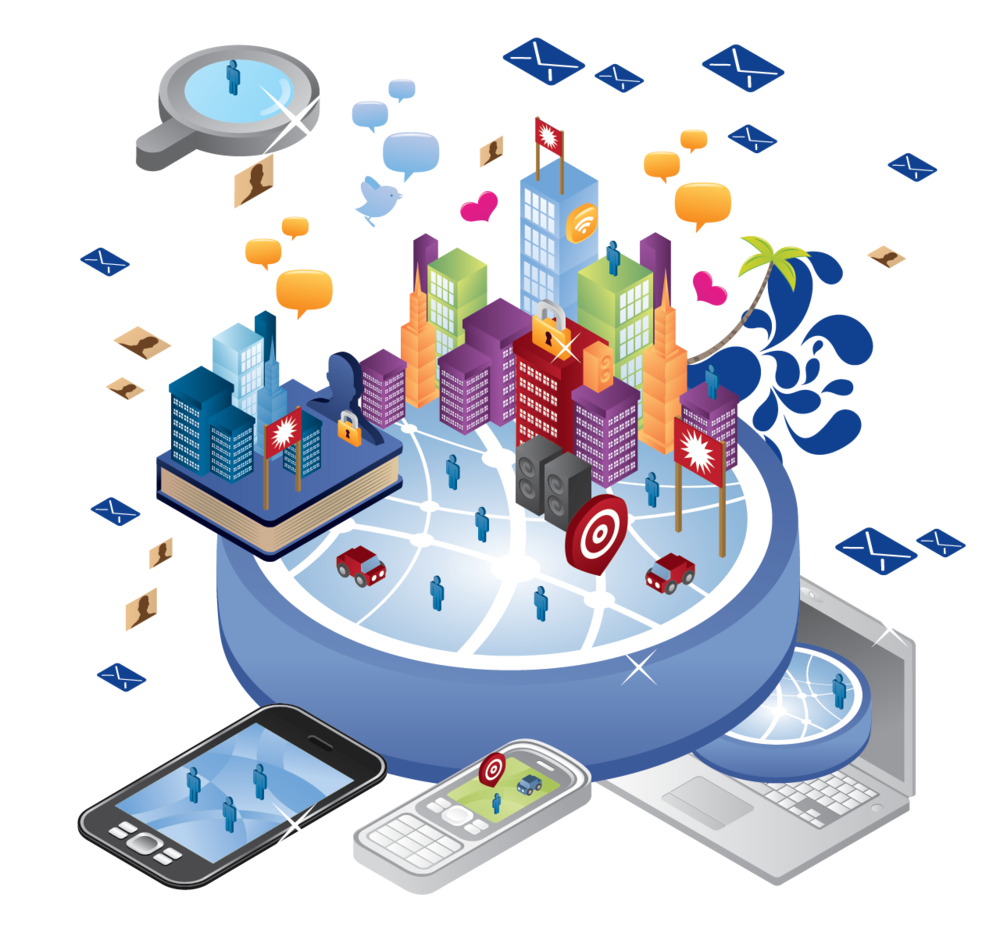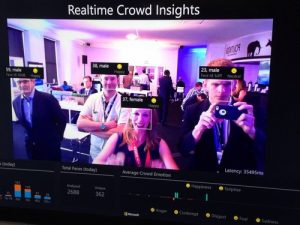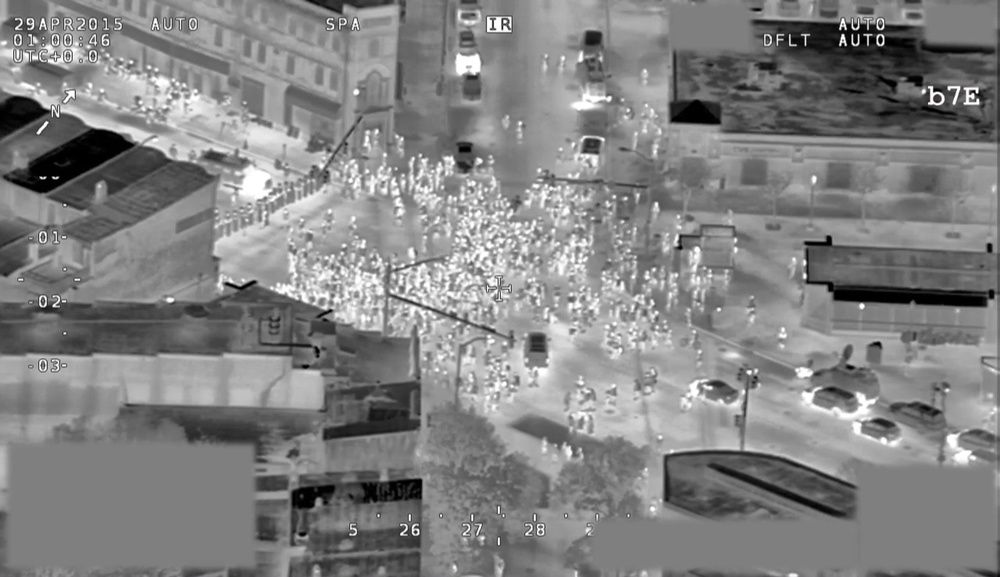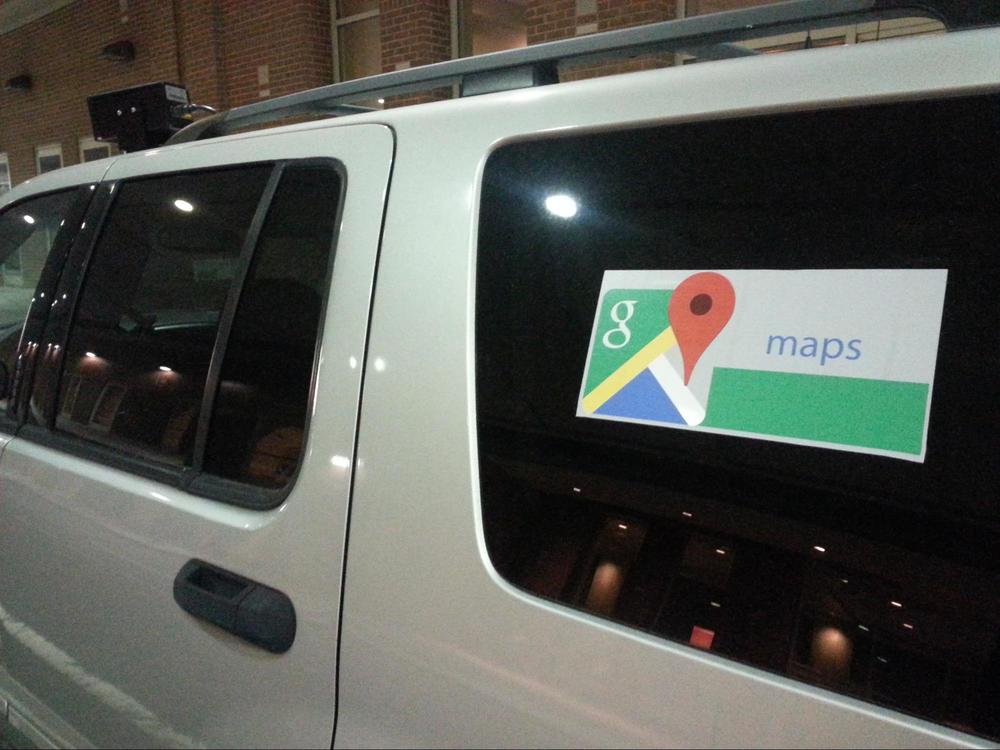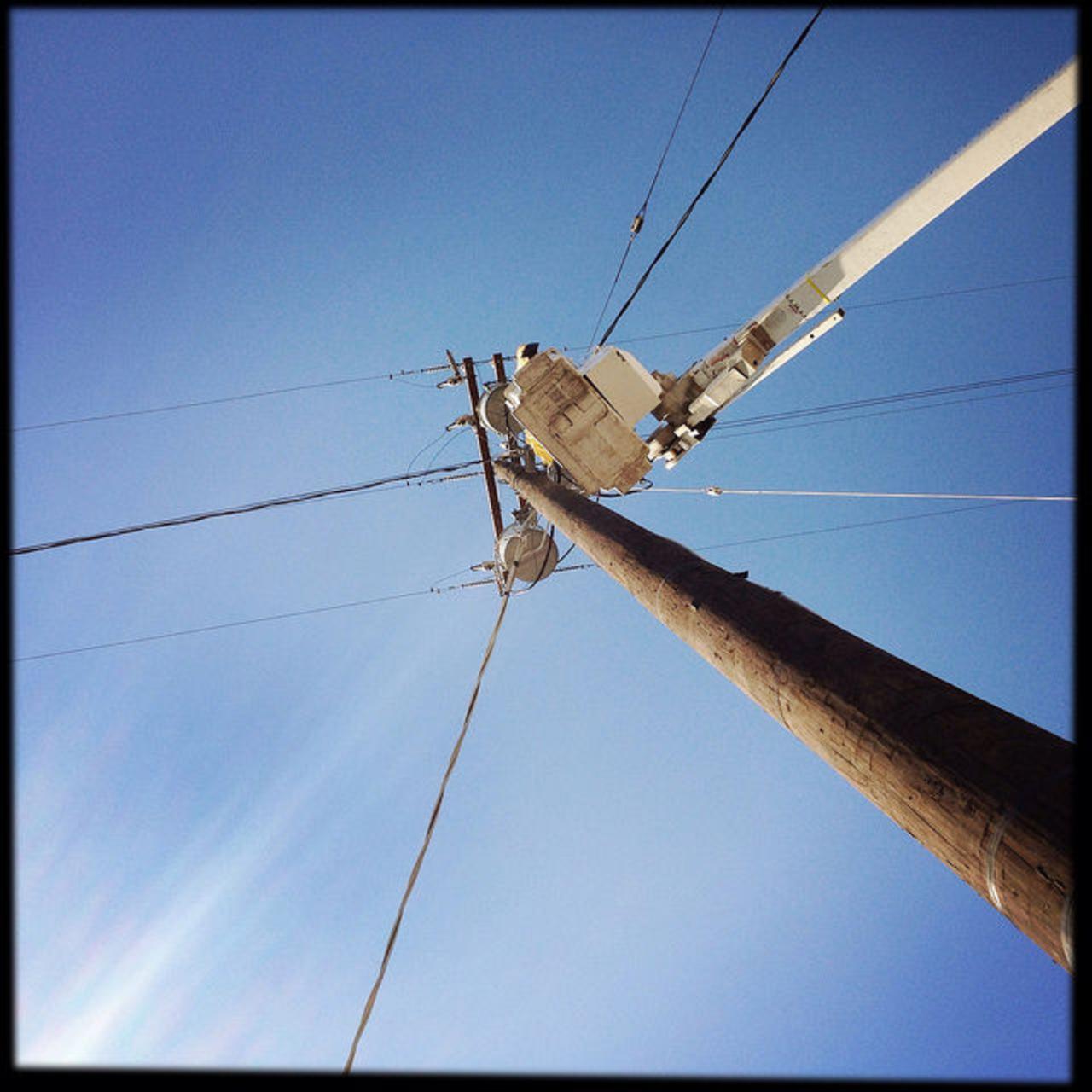AI Mistakes Ad On a Bus For an Actual CEO, Then Publicly Shames Them For ‘Jaywalking’
Since last year, many Chinese cities have cracked down on jaywalking by investing in facial recognition systems and AI-powered surveillance cameras. Jaywalkers are identified and shamed by displaying their photographs on large public screens… Developments are also underway to engage the country’s mobile network operators and social media platforms, such as Tencent Holdings’ WeChat and Sina Weibo, to establish a system in which offenders will receive personal text messages as soon as they are caught violating traffic rules….
Making a compelling case for change is the recent experience of Dong Mingzhu, chairwoman of China’s biggest maker of air conditioners Gree Electric Appliances, who found her face splashed on a huge screen erected along a street in the port city of Ningbo… That artificial intelligence-backed surveillance system, however, erred in capturing Dong’s image on Wednesday from an advertisement on the side of a moving bus. The traffic police in Ningbo, a city in the eastern coastal province of Zhejiang, were quick to recognise the mistake, writing in a post on microblog Sina Weibo on Wednesday that it had deleted the snapshot. It also said the surveillance system would be completely upgraded to cut incidents of false recognition in future.

 “An ambitious project to blanket New York and London with ultrafast Wi-Fi via so-called “smart kiosks,” which will replace obsolete public telephones, are the work of a Google-backed startup.
“An ambitious project to blanket New York and London with ultrafast Wi-Fi via so-called “smart kiosks,” which will replace obsolete public telephones, are the work of a Google-backed startup.

